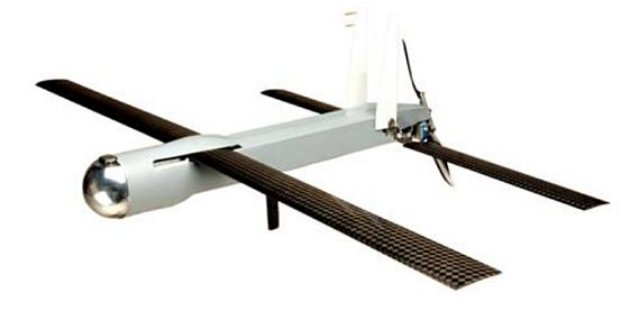experts at BAE Systems are developing an unmanned aircraft system (UAS) sensor payload able to look for submerged enemy submarines by detecting small variations in the Earth’s magnetic field.
Officials of the U.S. Office of Naval Research (ONR) in Arlington, Va., announced an $8.9 million contract to the BAE Systems Electronic Systems segment in Merrimack, N.H., for the High Altitude ASW (HAASW) Unmanned Targeting Air System (UTAS) programme for the Navy Boeing P-8A Poseidon maritime patrol jet.
A MAD instrument detects minute variations in the Earth’s magnetic field. A submerged submarine represents a mass of ferromagnetic material that creates a detectable disturbance in the Earth’s magnetic field.
The Navy’s predecessor to the P-8A — the Lockheed Martin P-3 Orion four-engine turboprop aircraft — has a MAD sensor attached to the back that looks like a large stinger that protrudes backward from the plane’s tail.
The P-8A — a maritime patrol version of the Boeing 737-800 single-aisle passenger jet — was designed without the built-in MAD instrument largely because the P-8 is designed to operate primarily at high altitudes. The MAD sensor works best at low altitudes.
To compensate for the lack of a built-in MAD instrument, the P-8 will use an unmanned aircraft equipped with the HAASW UTAS MAD sensor and algorithms.
Although the P-8A is capable of low-altitude operations, it is designed primarily for use at relatively high altitudes to enable the aircraft to keep watch over large ocean areas and fly as fuel-efficiently as possible.
The plane is being designed not only with the HAASW UTAS to enable the aircraft to use a MAD instrument from high altitudes, but also with sonobuoys designed to launch from high altitudes and cover large areas of the ocean.
The P-8A also is being equipped with a flying torpedo called the High Altitude Anti-Submarine Warfare Weapon Capability (HAAWC) Air Launch Accessory (ALA) that can be released from altitudes as high as 30,000 feet.
These high-altitude torpedoes are Navy Mark 54 lightweight torpedoes with add-n kits that enable the weapons to glide through the air to attack enemy submarines from long ranges and high altitudes.
Fixed-wing aircraft like the P-3 normally release conventional torpedoes from very low altitudes or with small parachutes to ease the torpedoes into the water gently.
The HAAWC ALA turns the Raytheon Mark 54 torpedo into a glide weapon. As the flying torpedo reaches the water, it jettisons wings and other air-control surfaces and takes on its original role as a smart torpedo that can detect, track, and attack enemy submarines autonomously.
The P-8A also is being designed to work together with the Northrop Grumman RQ-4N Triton Broad Area Maritime Surveillance (BAMS) large UAS — a maritime-patrol version of the Global Hawk long-range surveillance UAS.
One or more Triton UAS can detect and track hostile submarines from high or low altitudes, and the P-8A can look for submerged submarines and launch torpedo attacks from high altitudes. The MAD instrument-equipped HAAWC ALA drone will add to the new P-8A’s ASW capabilities.
Source:Intelligent Aerospace

